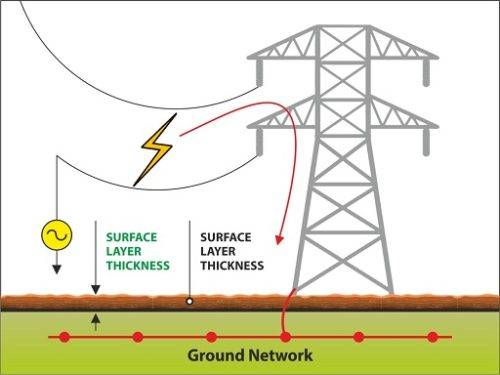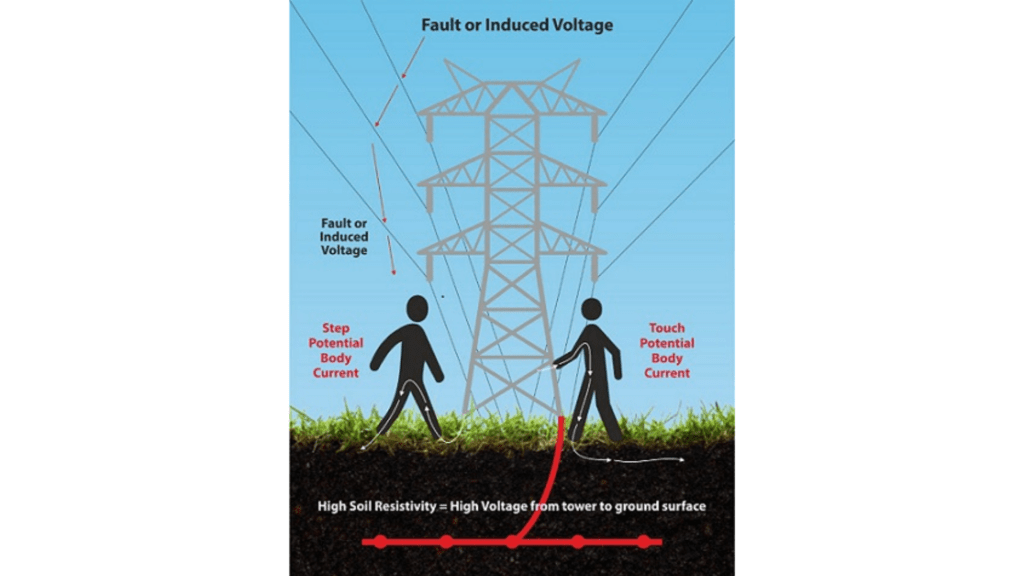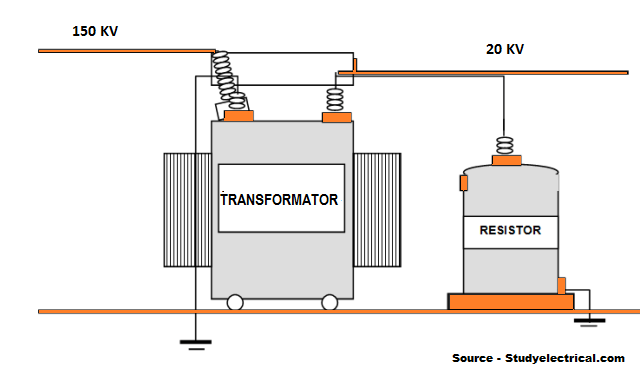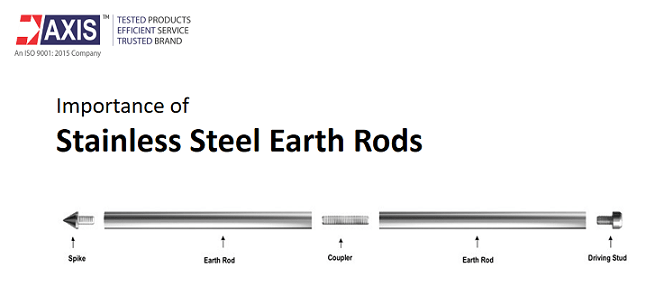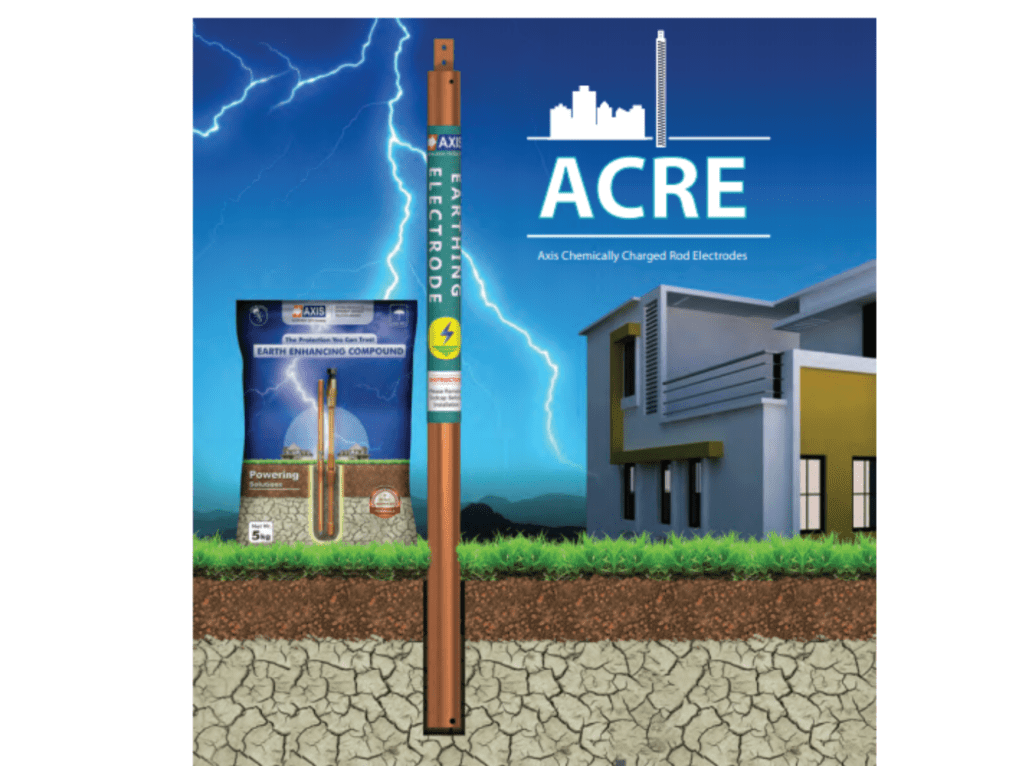GI vs Copper Plate Earthing – Which one is better?
Scope: The primary reason for earthing in an electrical network is for safety. When all metallic portions of electrical equipment are grounded, there are no harmful voltages present in the equipment case. If the live wire comes into contact with the grounded case the circuit is effectively shorted, and the …


